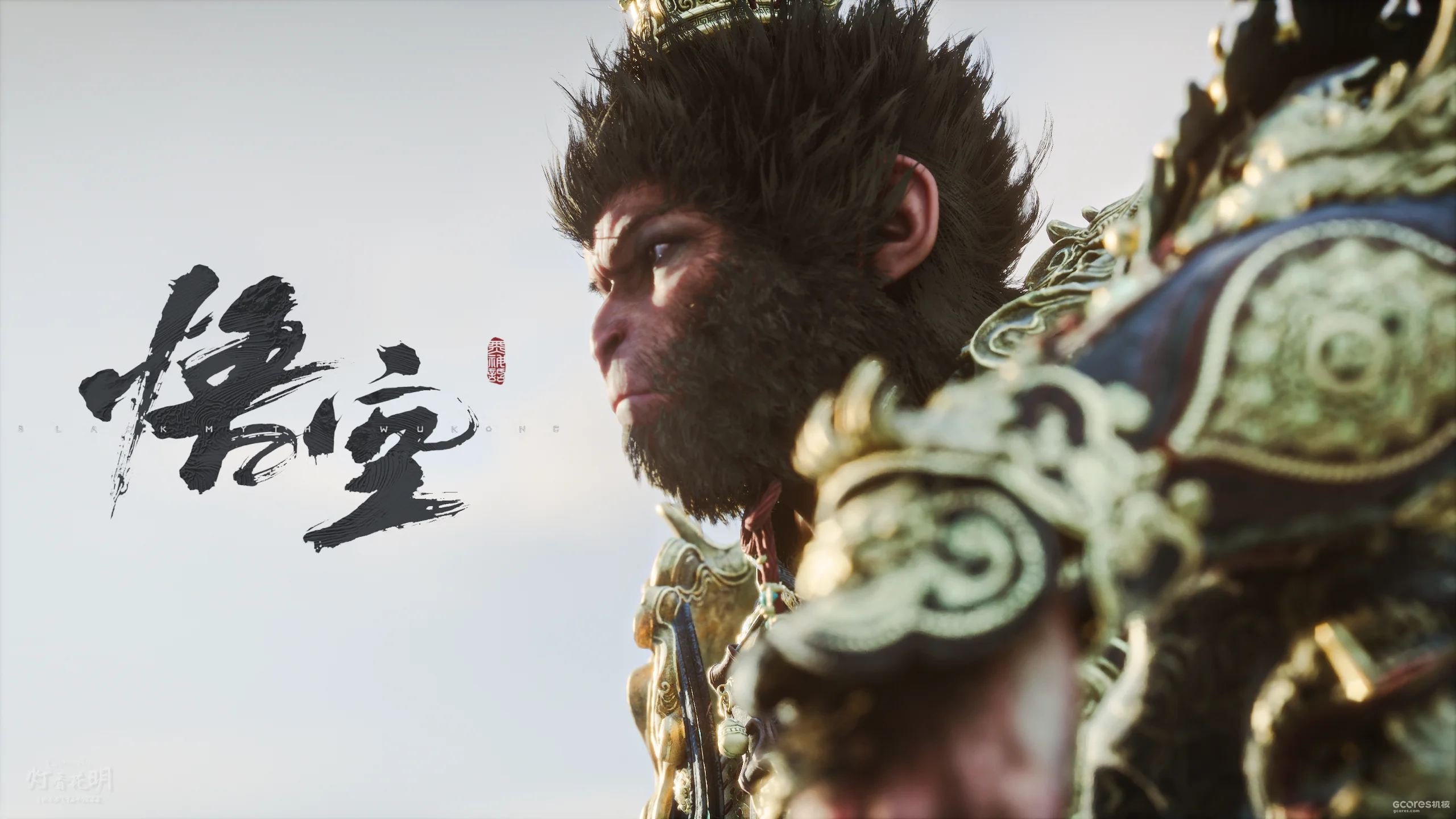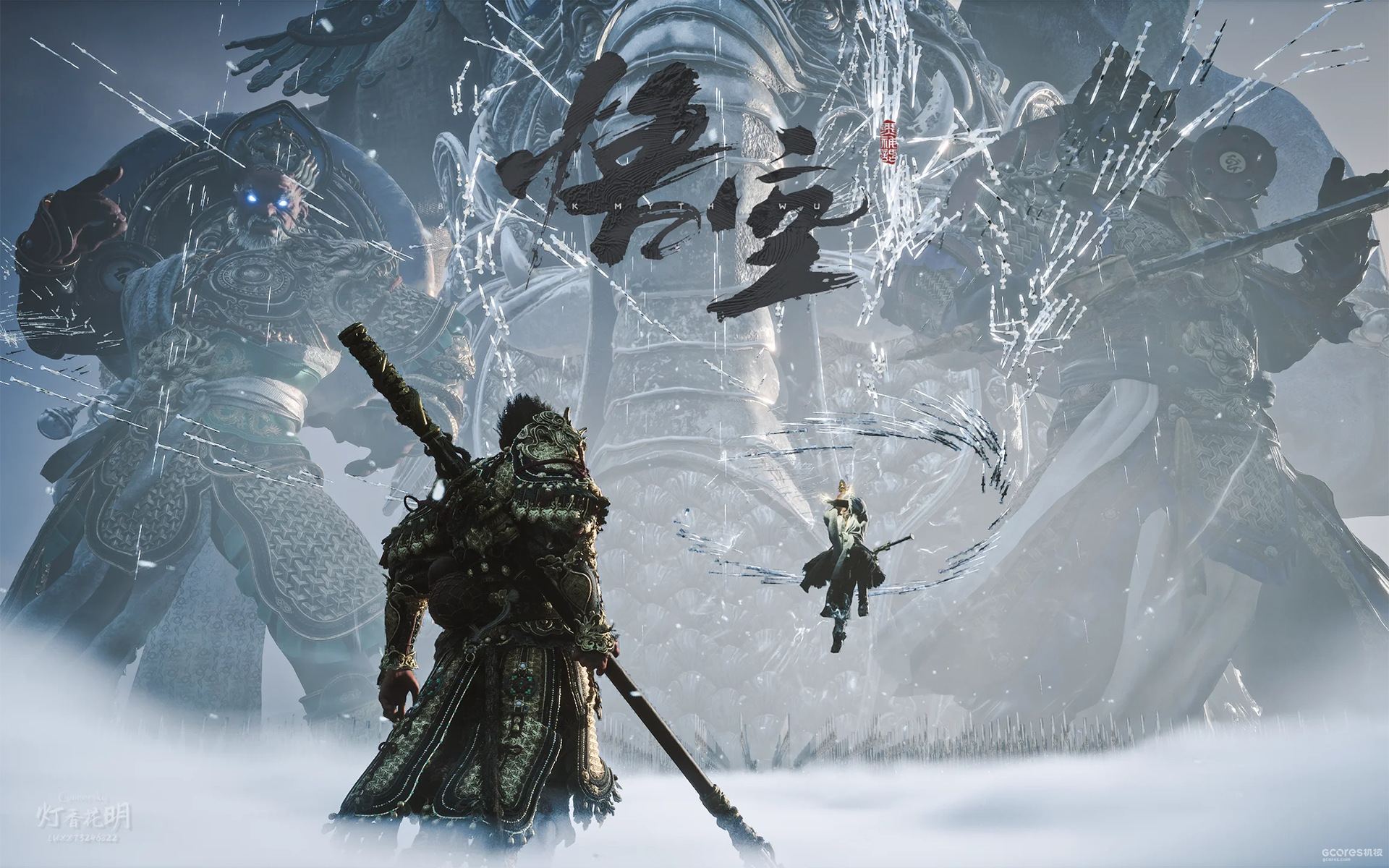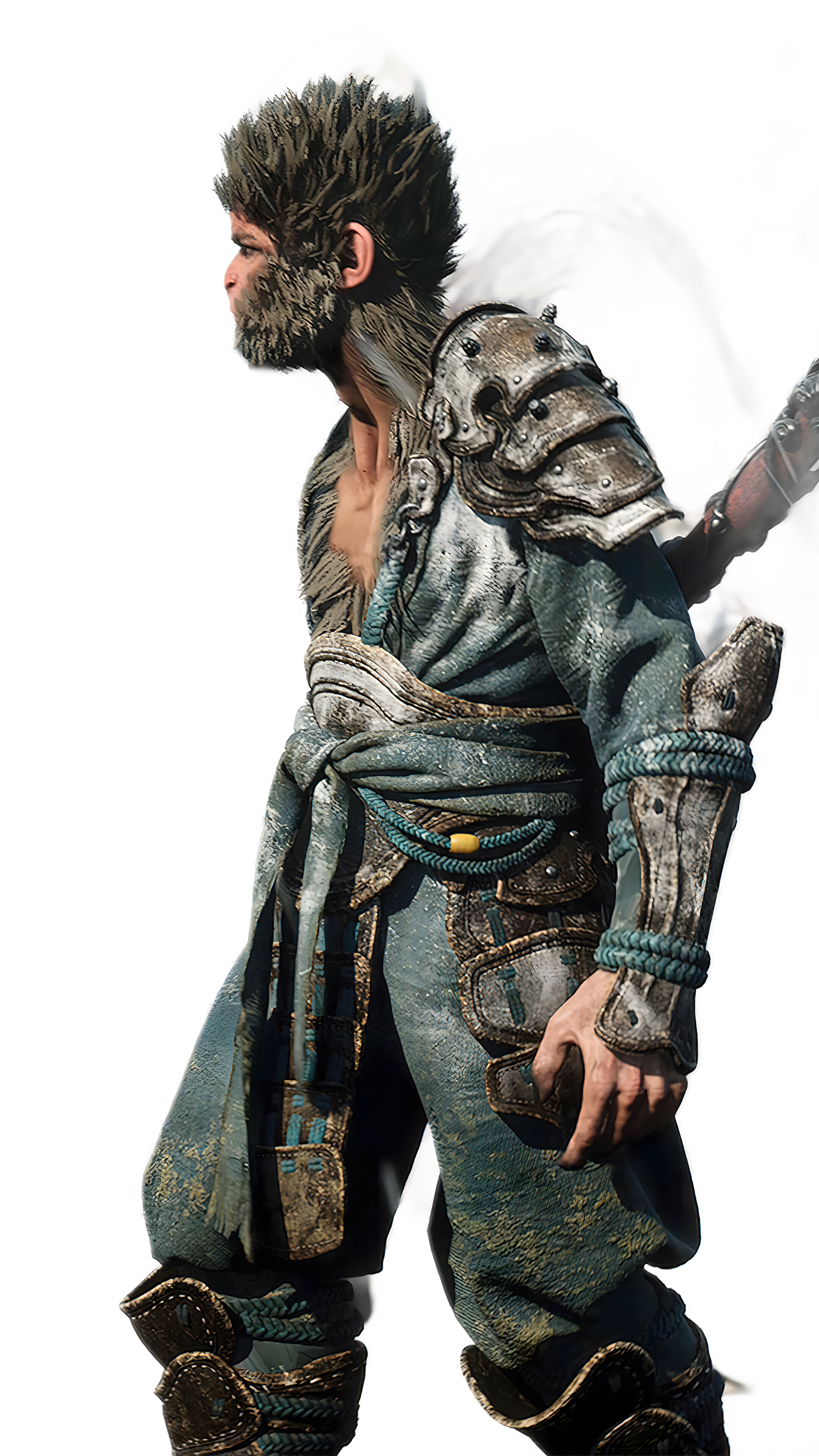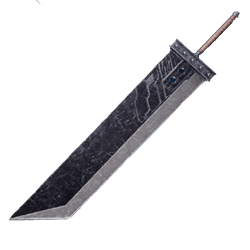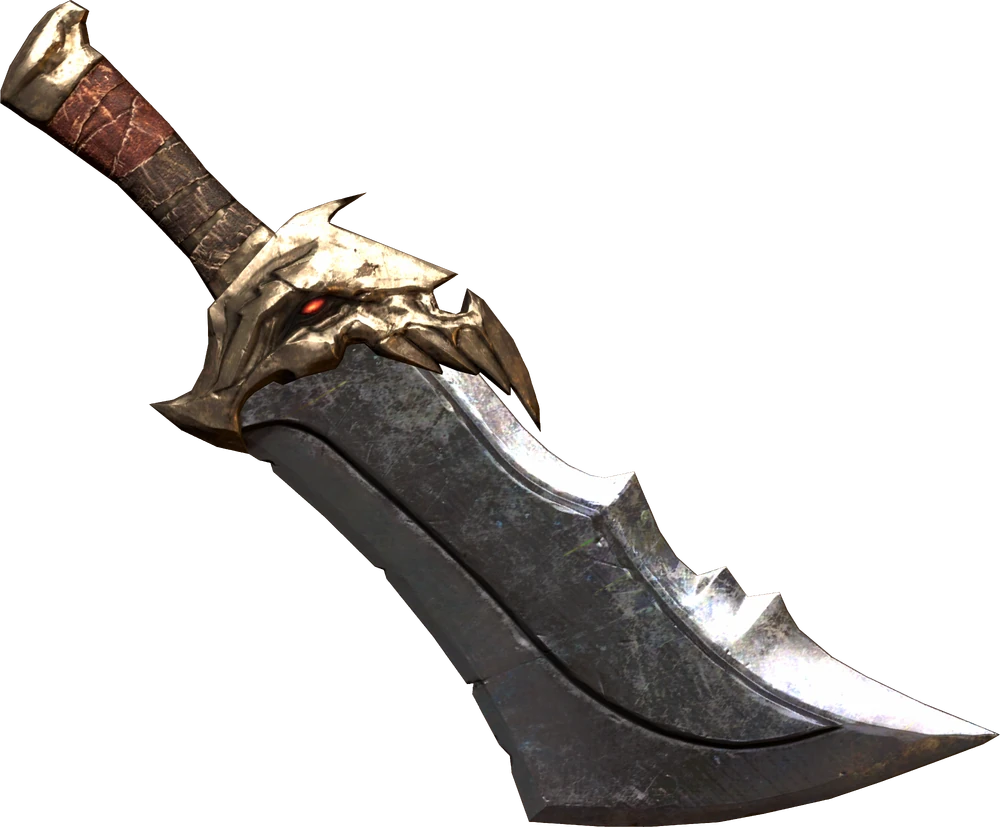Cloud Strife, the protagonist of Final Fantasy VII, stands as a reflection of profound cultural themes rooted in Japanese storytelling. Born in the quiet mountain town of Nibelheim, Cloud harbored dreams of heroism, idolizing the legendary SOLDIER Sephiroth and yearning to escape his humble origins. Yet, his journey deviates sharply from the heroic ideal, revealing instead a deeply flawed and conflicted individual shaped by trauma, memory, and societal forces.
Cloud’s fragmented identity is emblematic of a broader cultural motif in Japanese narratives: the struggle to reconcile individual desires with societal and existential pressures. The influence of Shinra Corporation—the exploitative power destroying the planet—parallels the clash between modern industrialization and traditional values, a recurring theme in Japanese literature and art. Cloud’s inner turmoil, distorted by the influence of Jenova cells and a fractured memory, represents the tension between personal authenticity and the external imposition of identity, a conflict that resonates in Japan’s collective consciousness amidst rapid modernization and globalization.
As Cloud delves deeper into his memories, his journey becomes a quest for balance between the past and the present, reflecting the Japanese concept of mono no aware—an awareness of the impermanence of things and the beauty in their transience. His eventual confrontation with Sephiroth and acceptance of his true self mirrors the process of kintsugi, the art of mending broken objects with gold, symbolizing that strength and beauty emerge through embracing imperfections and past scars.
Cloud’s story also critiques the environmental and societal costs of industrial greed, drawing from Japan’s deep connection to nature and the cultural reverence for harmony between humanity and the environment. The devastation wrought by Shinra reflects fears of ecological destruction, while Cloud’s fight against it evokes the enduring spirit of resistance in Japanese folklore, where heroes often rise not for personal glory but to restore balance to their world.
Ultimately, Cloud’s journey transcends his personal struggle, resonating as a universal tale of self-acceptance and resilience. His evolution from a fractured, reluctant hero into a figure of quiet strength speaks to the Japanese ethos that heroism lies not in achieving an idealized destiny but in embracing imperfection and finding harmony within oneself. Through Cloud, Final Fantasy VII bridges the personal and the cultural, offering a narrative that connects players to timeless themes of identity, resilience, and the quest for balance amidst chaos.
